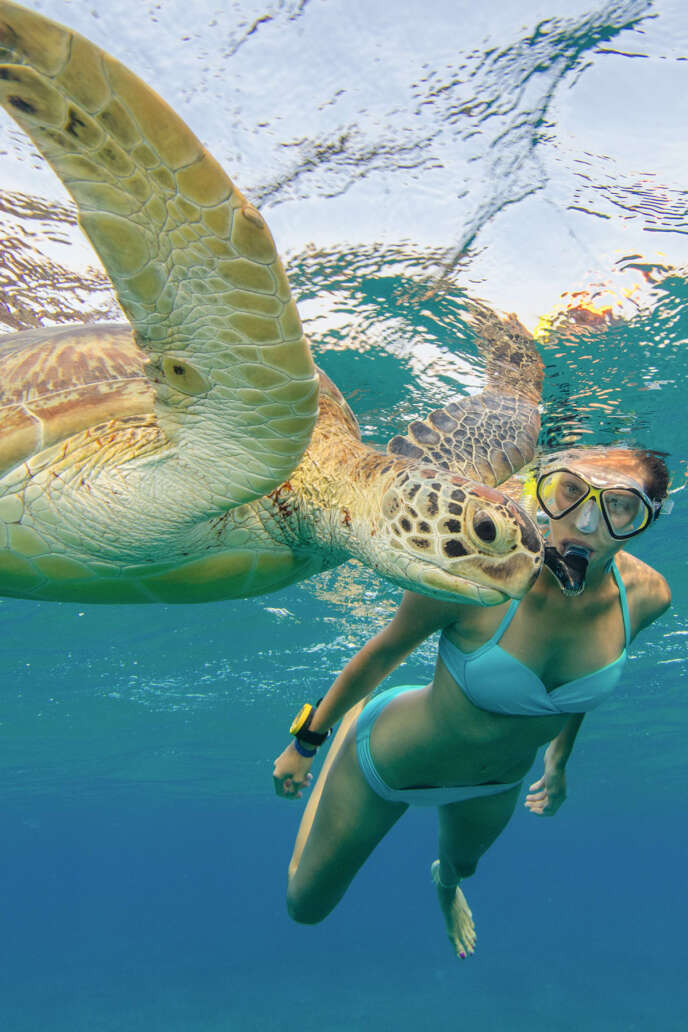Sea turtles have always been an integral part of Hawaiian culture. They are seen as a symbol of strength and resilience, and their presence in the ocean is believed to be a sign of good luck. But beyond being revered for their symbolic value, sea turtles also play an important role in Hawaiian ecology and economy. In this article, we’ll explore the significance of sea turtles in Hawaiian culture and how they contribute to the island’s sustainability. Let’s discuss why these creatures are so beloved by Hawaiians and what steps can be taken to protect them from further endangerment.
Overview
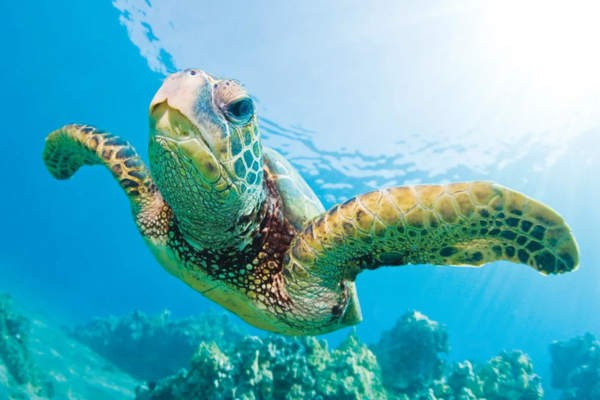
Honu, a species of Green Sea Turtle, can be seen throughout Hawaii’s coasts year-round. Though some migrate thousands of miles from their nesting grounds—and can live up to 80 years in the wild. They are usually spotted swimming in shallow waters close to shore during daytime hours or floating offshore at night as they search for food. To this day, sea turtles remain an important part of Hawaiian culture and history, providing an essential link between land and ocean while reminding us all of our responsibility for protecting our environment.
Honu are prominent symbols in Hawaiian folklore. The ancient art form known as kapa (tapa) often features motifs that incorporate these sacred creatures. Honu shells were used for currency and necklaces by early Hawaiians, and they provided a source of food for both people and other animals such as monk seals. In modern times, honu have become symbols of conservation in Hawaii; efforts are made to protect their nesting sites, reduce plastic pollution, and prevent vessel strikes on migrating turtles.
The Role of Sea Turtles in Ancient Hawaiian Mythology
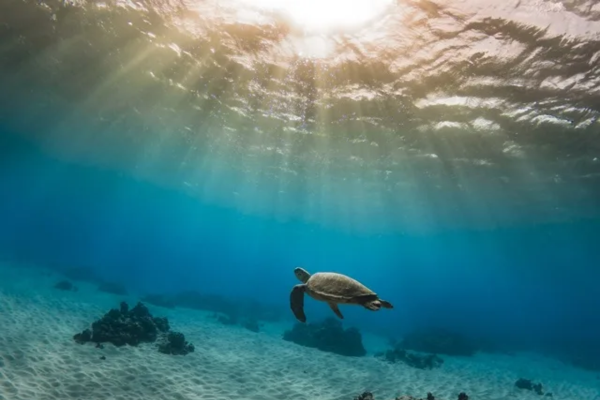
Sea turtles have long been a central figure in Hawaiian mythology, and their presence was believed to bring good fortune and blessings. In ancient Hawaiian culture, they were seen as symbols of strength and bravery and were thought to protect the gods of both land and sea. In Hawaiian legends, the god Ku was said to take the form of a turtle and bring protection from evil spirits. He became known as the God of War because he could turn his shell into a shield. The shell of a turtle is also significant in Polynesian culture, particularly for its association with fertility and new beginnings. Other legends tell that when the deity Kanaloa needed to be among people, they would assume the shape of an Honu. Another legend tells a story of a green turtle named Kailua who assumed the form of a young girl to protect the children of Hawaii.
The appearance of sea turtles was regarded as special by the Hawaiians who believed them to be messengers from other realms. They are widely respected for being powerful creatures that can travel between different realms, symbolizing the transition between life cycles or spiritual states. It was believed that whoever encountered a sea turtle would receive messages from the gods or guidance on an important journey. Today, sea turtles continue to be seen as sacred creatures in Hawaii that represent strength, good luck, fertility, longevity, wisdom, and protection — all qualities traditional Hawaiians highly valued and revered. They are still honored by native Hawaiians for their contribution to Hawaiian mythology and timeless presence throughout centuries.
Symbolism of Sea Turtles in Modern Art and Design
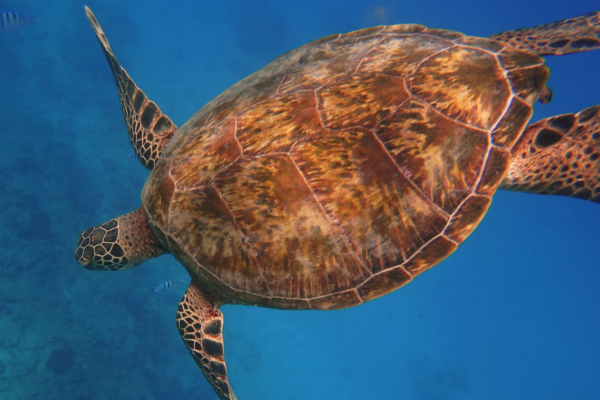
Sea turtles have been an integral part of Hawaiian culture for millennia, and the symbolism associated with them continues to influence modern art and design. In ancient Hawaiian mythology, sea turtles were venerated as a powerful symbol of strength, fertility, longevity, and wisdom. This symbolism still informs modern interpretations of sea turtles in art and design, where the creatures are often used to represent these same qualities. In contemporary art, sea turtles are often used to convey messages of protection and perseverance. In Hawaiian culture, they represent an ability to thrive in all elements—land and ocean—and can thus be linked to notions of adaptability and resilience. Artists often use them as a symbol for spiritual guidance or divine protection as well. Sea turtles also appear frequently in modern designs inspired by Hawaiian culture; often printed onto clothing or featured on accessories like jewelry or keychains.
In addition to its symbolic meaning in mythologies and artworks, the physical form of the sea turtle is also incorporated into many modern designs. Its distinctive shell shape has been adapted into patterns found on everything from surfboards to furniture. The overall silhouette of the turtle is also featured prominently throughout popular designs such as tattooing or logo-making that draw from both traditional motifs as well as popular trends within seafaring communities. Overall, sea turtles remain deeply embedded in Hawaiian culture today due to their unique symbolism across multiple periods — past, present and future — contributing greatly to modern interpretations of art and design around the world through their rich history in Hawaii’s cultural heritage.
How Local Communities are Working to Protect Endangered Species of Sea Turtles
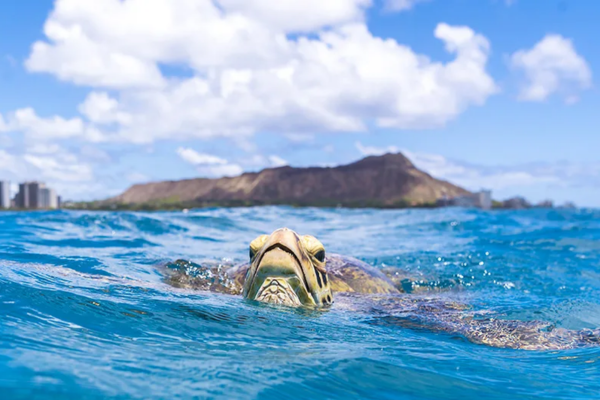
For centuries, local communities have been working to protect the endangered species of sea turtles found on the islands. The Hawaiian Islands provide a unique habitat for four of the world’s seven species of sea turtles – green, hawksbill, leatherback, and loggerhead. This makes Hawaii home to some of the most significant populations of sea turtles in the world. However, these species are threatened by a variety of factors such as coastal development, boat strikes, fishing gear entanglement, and plastic pollution. In response to this growing threat facing these ancient creatures, local communities have mounted a concerted effort to protect them.
Since 1990, the state has implemented Hawai’i Marine Life Conservation Districts rules which limit activities that can disturb nesting sites or harm turtle populations. Additionally, individuals have organized beach cleanups and educational programs aimed at creating awareness about local sea turtle conservation efforts. In addition to conservation efforts spearheaded by local communities, organizations like NOAA Fisheries and The Pacific Islands Regional Office have worked together with Native Hawaiians on research projects that aim to understand more about ocean habitats to better protect them from human interference and exploitation. These initiatives include tagging adult females for migration studies and monitoring beaches for nesting activity for juvenile turtles coming ashore to hatch on the island’s beaches.
Hawaii is also home to rehabilitation centers such as Sea Life Park and The Hawaiian Islands Humpback Whale National Marine Sanctuary where injured turtles can be treated before being released back into their natural habitat. These centers rely heavily on donations from generous citizens who want to contribute towards protecting Hawaii’s unique marine wildlife. Overall, it is thanks to these combined efforts from both government agencies and local communities that Hawaii remains one of the few areas in the world where endangered species like sea turtles can still be found thriving in their natural habitats today.
What You Can Do to Help Preserve Hawaii’s Marine Life and Culture
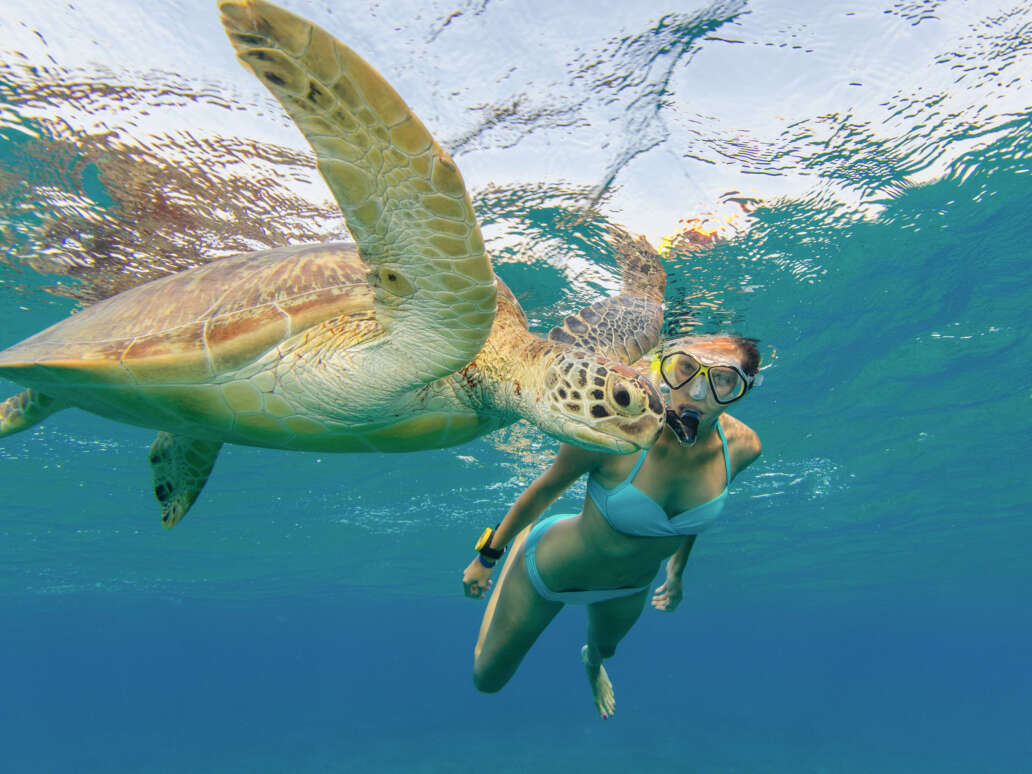
There are several things that you can do to help preserve Hawaii’s marine life and culture.
- Support turtle conservation efforts by volunteering with local organizations like the Hawaiian Islands Humpback Whale National Marine Sanctuary and Turtle Bay Exploration Park. These organizations work to protect sea turtles on a global scale by advocating for responsible fishing practices, educating the public on ocean conservation issues, and conducting beach cleanups.
- Avoid buying products made from endangered or threatened species of sea turtles such as their shells or eggs. Another practical way is by using reef-safe sunscreen for every water-sports activity like snorkeling.
- Take part in sustainable tourism initiatives such as those offered through ethical tours that focus on environmental preservation while providing educational opportunities about Hawaiian culture and its connection to marine life.
Wrapping Up
Sea turtles remain an important part of Hawaii’s cultural heritage and provide visitors with opportunities to learn about traditional customs that have been passed down through generations. The conservation efforts in Hawaii help ensure these majestic creatures will continue to be seen in the islands’ waters for years to come. As we strive towards protecting our natural resources, we must recognize the importance of honoring this species which has such deep roots in Hawaiian culture and mythology.



